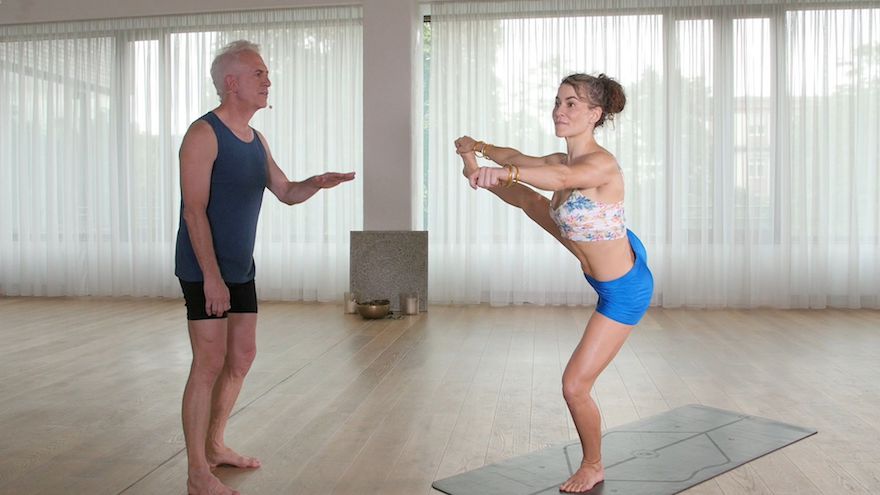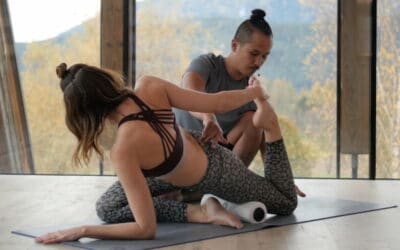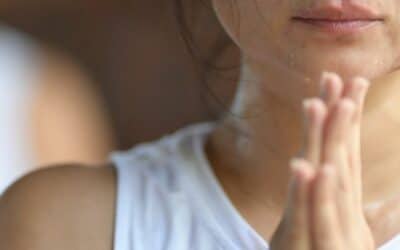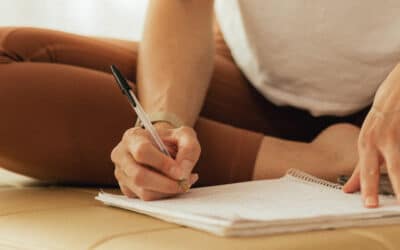The Bowspring method by Desi Springer and John Friend is a postural system that is for everyday functionality and optimal movement during our day. Bowspring poses are movements that are dynamic, that are open and that are curvy. In contrast to the standard model of posture the Bowspring is quite different.
In this short tutorial we will take a look at shoulder, spine and hip alignment to demonstrate these differences.
Most postural ideas for the shoulders are to make the shoulders go back and draw down away from the ears but with the Bowspring method we try to broaden all sides of the rips, the shoulder girdle widens and floats up away from the center of the ribs. Once the ribs are full, once the shoulders are broadened and lifted, we go down to the roots. The roots include the feet, the legs and the hips.
In the standard model you pull the hips down to elongate the spine. You make the legs straight and pull the hips down to create a straightening and a lengthening of the spine by pulling one end of the spine down and pulling the other end, the top part of the spine, up.
Learn the Bowspring Basics with Desi Springer & John Friend on TINT.
In contrast, with the Bowspring method we start in the core of the rib cage. The whole central tube is long, free and open and there is an expansion in the ribs, the back and the front are full and the shoulders flow wide. And then down in the hips you bend the knees in order for the hips to have more movement.

All Bowspring poses are based on a postural system for everyday functionality. Photograph by TINT.
Let’s Take a Look at the Result:
In a standing position, the rib cage is more vertical with the Bowspring method but the hips move back behind the ribcage, so the pelvic floor remarked by the pubis and the sitting bones is more horizontal and level. In this way, from the action of the feet the engagement of the connected tissue, the facia and the muscles, is strong. They are engaged on all sides up and even the hip muscles and the gluteus can lift.
In this way the tail bone is not pulled down. It is actually moved back and there is a rising. The waist then has a freedom to go forward and up. Your lower back gets more bowed and elongated and is very parallel to the shape of the neck. Both the waists and the neck have curves. There is a curve in the neck and a curve in the lower back and both are long and tapering upward in the Bowspring method.
“Yoga is about awakening. Yoga is about creating a life that brings more beauty and more love into the world.”
And then finally the head is floating on the top of the neck in a way that the eyes are level and horizontal. The orbit of the eye is in the front and vertical and the head is extending straight up. The back of the head can press so that the curve of the back of the neck is also engaged.
This shape gives a relationship between the ribcage, the hips and the head so there is quite a curve in the back side of body. It begins with the back of the skull which is rounded, then there is a curve in the neck. The upper back has a fullness, a curve in the lower back and a fullness in the hips. This is the shape of a double s-curve, the shape of the Bowspring.

John Friend and Desi Springer, the creators of the Bowspring poses. Photograph by TINT.
If you want to learn more about Bowspring poses and the idea of dynamic and curvy movements and alignment, TINT offers a set of different online workshops and classes from Desi Springer and John Friend – the creators of the Bowspring method.
- Bowspring Basic Training Course
- Bowspring Extension 1 – The Elementals of Bowspring
- Bowspring Extension 2 – Advanced
You also have the opportunity now to get certified in their Essential Training Course of the Bowspring Method with TINT Academy. It is a 20-video course designed to teach all the essential details of the Bowspring method and is highly recommended for beginning students and is a must for all professional teachers as it definitively presents the essential teachings of the Bowspring method.
With TINT Academy, you will have the opportunity to take an exam at the end of the course and get a TINT Academy Certificate as proof of your newly acquired yoga skills.
Learn the Bowspring Basics with Desi Springer & John Friend on TINT.





